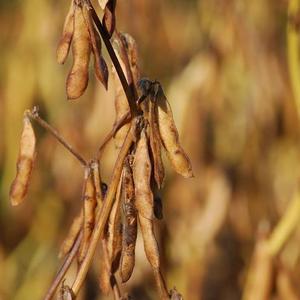New 30 MMgy soy biodiesel plant slated for North Dakota

February 27, 2017
BY Ron Kotrba
Minnesota Soybean Processors (MnSP) and its subsidiary North Dakota Soybean Processors are moving forward with plans to build a $240 million soybean crush facility and refinery in Spiritwood, North Dakota. The integrated plant is being scaled to crush 125,000 bushels of soybeans per day to produce soybean meal; refined, bleached and deodorized (RBD) soybean oil; and 30 MMgy of biodiesel.
MnSP is a membership cooperative that owns and operates a soybean crush facility and 30 MMgy biodiesel plant in Brewster, Minnesota.
Advertisement
The co-op has selected a 150-acre site near Spiritwood, North Dakota, to move forward with construction following further due diligence, necessary approvals and a successful engineering study. The plant would use steam from the nearby Spiritwood Station, a coal-fired power plant operated by Great River Energy.
MnSP says by selecting the Spiritwood site, the co-op is able to conduct a preliminary frontend engineering and design study that will be used to determine feasibility of construction. MnSP is working with the North Dakota Agricultural Products Utilization Commission to complete the construction feasibility study.
Advertisement
“The potential for this type of value-added project is great news for our farmers and the entire state of North Dakota,” said North Dakota Gov. Doug Burgum. “The NDSP plant will create value in the local community and beyond by creating 55 to 60 fulltime jobs, supporting local service companies, vendors and suppliers and supporting the soybean price paid to local farmers.”
MnSP General Manager Scott Austin said, “Our preliminary market analysis shows there are markets this facility would serve that would complement our current efforts at the Brewster facility to reach both global and domestic markets for meal and oil. We also believe that the biodiesel from this plant would serve both domestic and international markets.”
The NDSP plant would produce 900,000 tons of soybean meal as livestock feed and 490 million pounds of oil, half of which will be used to produce biodiesel and the other half for food-grade soybean oil.
Related Stories
The USDA significantly increased its estimate for 2025-’26 soybean oil use in biofuel production in its latest World Agricultural Supply and Demand Estimates report, released July 11. The outlook for soybean production was revised down.
U.S. fuel ethanol capacity fell slightly in April, while biodiesel and renewable diesel capacity held steady, according to data released by the U.S. EIA on June 30. Feedstock consumption was down when compared to the previous month.
The U.S. EPA on July 8 hosted virtual public hearing to gather input on the agency’s recently released proposed rule to set 2026 and 2027 RFS RVOs. Members of the biofuel industry were among those to offer testimony during the event.
The USDA’s Risk Management Agency is implementing multiple changes to the Camelina pilot insurance program for the 2026 and succeeding crop years. The changes will expand coverage options and provide greater flexibility for producers.
The USDA’s National Agricultural Statistics Service on June 30 released its annual Acreage report, estimating that 83.4 million acres of soybeans have been planted in the U.S. this year, down 4% when compared to 2024.
Upcoming Events










